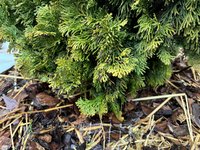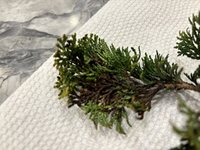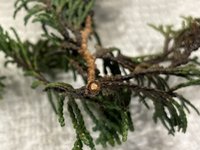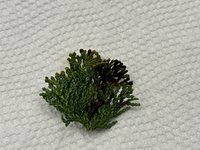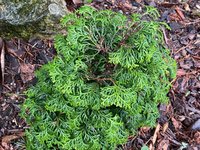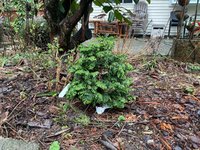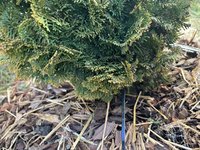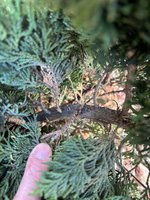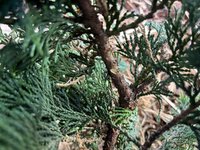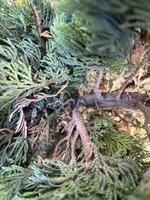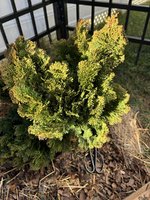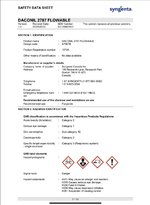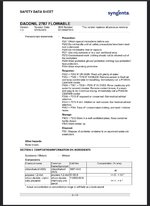So very sorry to hear this! Wishing you the very best.
Thanks! Just an added note when using hazardous chemicals… and a lot are recommended on this forum of greater or lesser danger… from a former Chemical Hygiene Officer
Before buying a a hazardous chemical please first google the name of the “chemical and SDS” (Safety Data Sheet) My research has shown most old guard chemicals used in bonsai, fungicide, miticide, pesticide etc are moderately to very problematic…. For example Daconil.
Then find the absolute newest SDS. Why? Because more research has been done in the past years and many hazardous chemicals have been found to be even more hazardous then originally advertised.
Why do I advocate SDS vs Product labels? Product labels have a lot of barely readable fine print and are not comprehensive. SDS while a bit complex are pretty much in plain language most folks can understand… maybe not completely so but better then 10 years ago… but it doesn’t take a Rocket Scientist to figure out if the miracle chemical advocated is something to be extremely careful with.
So please read the SDS carefully on a larger device, iPad, Surface or larger.
Then think about how to mitigate the hazards to yourself, your bonsai and the environment.
For example -
here is a link to Daconil’s SDS
The most important section to start with is Section 3. Not saying all sections aren’t important and this thread isn’t the venue to go through the entire GHS system.
Hazard ratings often go 1- 3, with 1 being the most hazardous.
Note
Daconil is pretty toxic when inhaled
Very Dangerous when in one’s eyes
Very hazardous to get on the skin
It’s a moderate carcinogen
Will target one’s respiratory system.
Next are Pictograms to show the hazards with standard symbols….
Then a Signal word - either Warning or Danger. This chemical is listed as Dangerous.
At the end of Section 3 are the Precautionary Statements to help a user understand what safety precautions to take. Daconil has a good long list to help the user. Please follow it to the letter.
Reactions to many chemicals are often cumulative. Also no one has yet figured out exactly how hazardous chemicals
Section 7 & 8 are also good to read. Be sure to store the product safely. Prudent practice is to store hazard chemicals in a separate leakproof container out of reach of other humans, pets and the sun.
Remember we have still not figured out the true hazards of these chemical. Nor the synergistic effects with other chemicals.
Here’s a copy of Daconil’s section 3. It’s two pages but pretty easy to read. Please read both pages.
.
View attachment 526913
View attachment 526912
Please don’t jump on the “rarely” statements. While we’ve done decent research longitudinal studies (over time) as well as synergistic studies (interaction effect when also exposed to other chemicals) are very rare.
One final note.
Chlorothalonil was banned in the EU and UK after it was found by the European Food Safety Authority (EFSA) to be a presumed carcinogen and a drinking water contaminant. The fungicide's metabolites are extremely persistent in water and their removal from drinking water is difficult and expensive. Jun 22, 2023
Please be safe!
cheers
DSD sends

